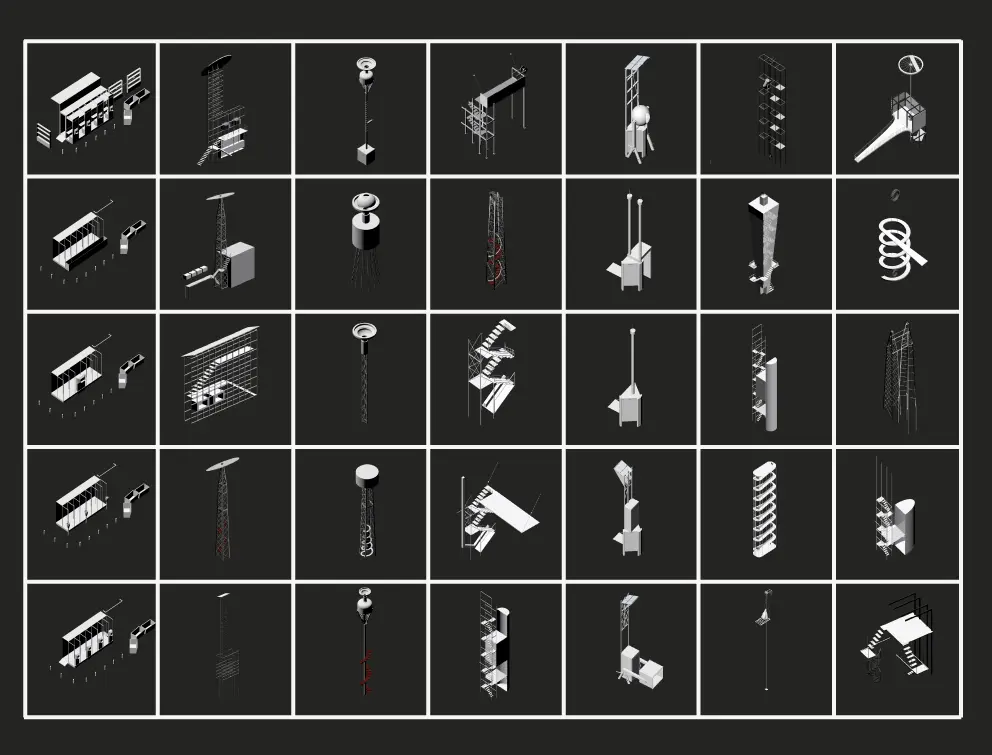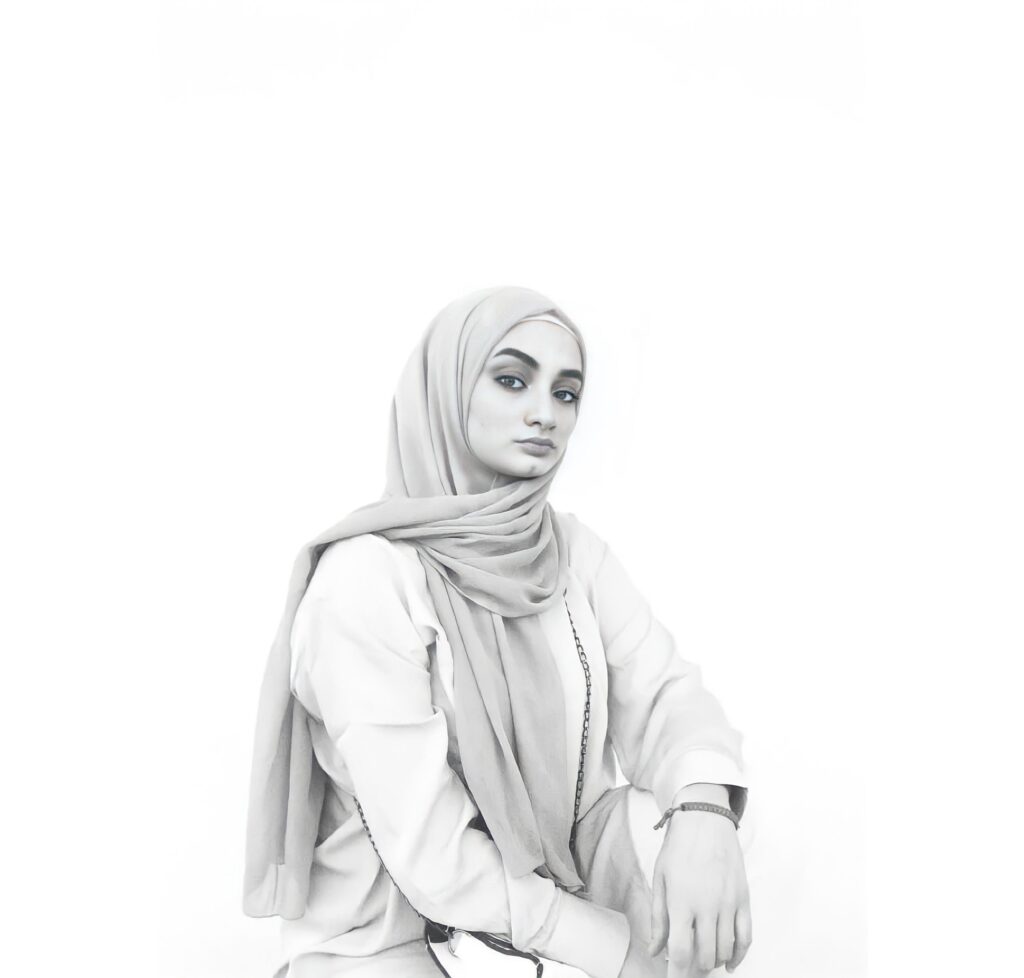

University : Phoenicia University
Tutor(s) : Prof Eliesh Sahyoun, Prof Sinan Hassan
Project Description
It is difficult to escape the omnipresent mention of homelessness in national and local media. Homelessness is on the rise, particularly in light of the ongoing conflict in Lebanon, yet it is a time frame and an event that could occur at any moment. The main obstacle, we as architects face when tackling this problem on a global and local scale, is that the causes of homelessness are frequently outside of our area of expertise. This is because they result from a variety of factors, including political, economic, natural calamities, and other factors. The scope of our work falls between their home and the idea of belonging to soften the stigma associated with homelessness.
“Interface | between Home & Homeless” is one patch of several proposals that examine the urban fabric and categorize it in accordance with various urban acupunctures. The city of Beirut changes as a result of these acupunctures to become a place that is more attractive to people from all socioeconomic classes and less intimidating. Several experiments based on the context itself are taken from the stories of these homeless in order to create an urban network that writes spaces and designs stories after examining the context and the requirements of the homeless and individuals living on the streets.
The decentralized participatory strategy, evolving in the city and utilizing existing typologies to improve the daily life of the homeless and the non-homeless, was chosen after discussing many homeless tales and situations with testing and experimenting. This strategy will begin to change in the city once it has been optimized, when the whole will become greater than the sum of its parts. The graphics show how these shared places are starting to adapt and optimize pre-existing typologies to alter our daily behavioral routines.
The project, hence, targets people of displacement and on street, by giving them the tool to live without providing them with basic services. If there is a spectrum linking stories of people and architecture, “Interface|Between Home and Homeless” falls somewhere in the middle. It is designed to support people on street and adapt to environmental conditions, structural constraints, and municipality regulations. As decentralized units with a kit of components that address design objectives through combination and interchangeability rather than personalization, it also makes use of a set of product design tools and presented material in the context that can be recycled. Additionally, it may be moved by being dismantled as it develops all around the neighborhoods to reach all of the city then.
Overall, the project resulted in designing an urban network composed of designing 7 encounters, in 7 public spaces: the sidewalk, piazza (open space), blind or building facades, in-between spaces, abandoned stairs, telephone booth, and shoreline, where they serve as a model for others to improve spaces enhancing every day of those who are homeless and none, bridging the gaps between all social classes.
Established in 2012, Tamayouz Excellence Award is an unaffiliated, independent initiative that aims to advance the profession of architecture academically and professionally. Tamayouz is dedicated to supporting aspirational and transformative projects that tackle local and global challenges and that are informed by a holistic understanding of context.